4 Additional winter boots accessories
1. Gaiters
If you experience the occasional deep snow, then these are a must! When it gets really snowy, snow can get in the tops of your boots and over time wet out the lining with your sweat. Gaiters will keep this from happening and allow you to continue to lace up tight to avoid boot slippage. It’s important that gaiter straps not be too loose or they will blow off every time there is any gust of wind so make sure they are secured tightly over laces on each side."
2. Additional Traction
It's easy for boots to sink into powdery snow which makes them di
fficult to walk in. This can cause you to lose your balance and fall. Extra traction is also an added safety measure to prevent that from happening. You can purchase additional traction by either attaching it with a strap or zip tie it on. The straps are more ideal for beginners, but the zip ties will work better for experienced skiers and snowboarders."3. Crampons
Crampons are another essential item to have in your winter kit. It’s important that they be attached to your boots when you are on steep slopes because they will allow you to pull yourself back up. Crampons can also be used when it’s icy – for example, you might notice the surface of the snow becoming more slick or icy during a storm and a crampon will allow you to stop if necessary."
4. Socks
It’s important that your socks have a good amount of insulation so that you stay warm in cold temperatures. Even though they might not be as critical as other parts of the winter gear, it’s still important. If you’re wearing a lot of layers, make sure that you are wearing proper socks. The best socks for winter include synthetic or wool blends with good insulation and moisture wicking properties."
What makes hiking boots good for snow? What are the pros and cons?
Pros:
Snow-related features like stitches (to seal out snow) or waterproofing (to keep your feet dry when trekking through snow) make the best hiking boots good for winter travel .
Durability and waterproofing make hiking boots good for the long haul. They're also pretty reliable as far as footwear goes. The stiff soles usually last a long time, and the protection provided by numerous layers of material is unmatched in other types of footwear.
Hiking boots are generally pretty easy to maintain. Your hiking buddies will usually be able to help you keep them in great shape if you're not too handy with tools or equipment. You can often hire a local boot repairer to fix your favorite hiking boots -- especially if they've gotten torn up or worn out over time.
Cons:
Hiking boots are probably the most expensive type of footwear one can buy. So if you're on a tight budget, you'll have to think twice before buying hiking boots.
Hiking boots are the heaviest type of footwear one can buy. If you plan on doing a lot of hiking over rough terrain, you may want to consider getting a lighter type of boot or shoe
Hiking boots are generally too bulky and heavy for casual daily use. If you've got an active lifestyle and simply want to wear your beloved hiking boots around town -- don't expect them to be as comfortable or lightweight as other types of footwear. You probably won't find many people in favor of wearing a traditional hiking boot around the city since they're usually far too heavy and bulky for this endevour
.
Hiking boots are really not meant for formal attire. If you're going to wear your hiking boots around town, they've got to be well-worn and pretty beat up so that you don't draw too much attention to yourself. It's best to wear them inside if you want your hiking boots to match or complement your outfit.
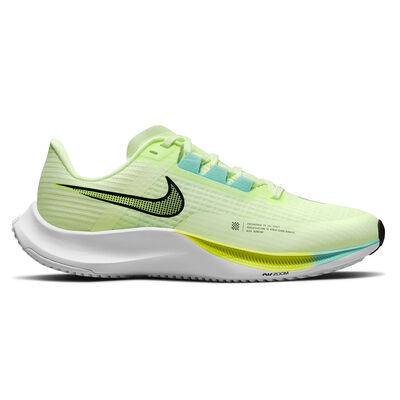
]&h=245&w=245&fmt=webp)

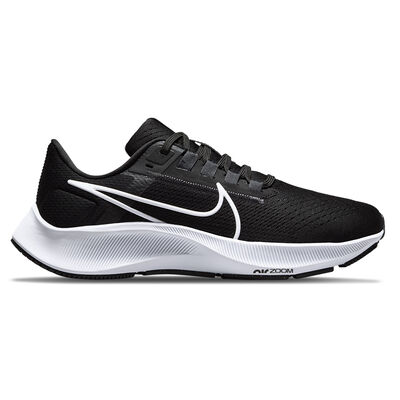




]&h=245&w=245&fmt=webp)
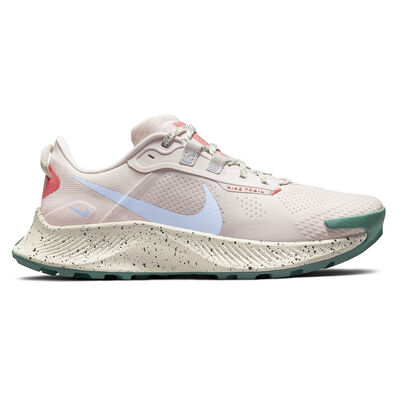
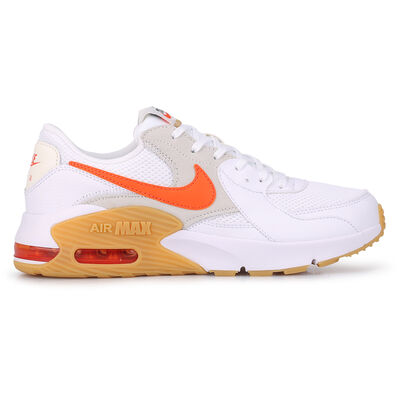
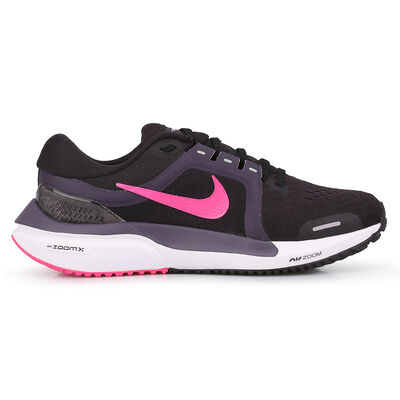

]&h=245&w=245&fmt=webp)
]&h=245&w=245&fmt=webp)




]&h=245&w=245&fmt=webp)
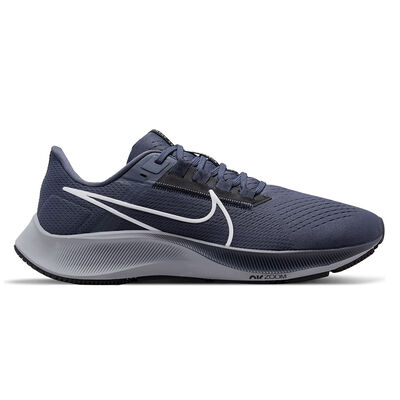
No comments:
Post a Comment